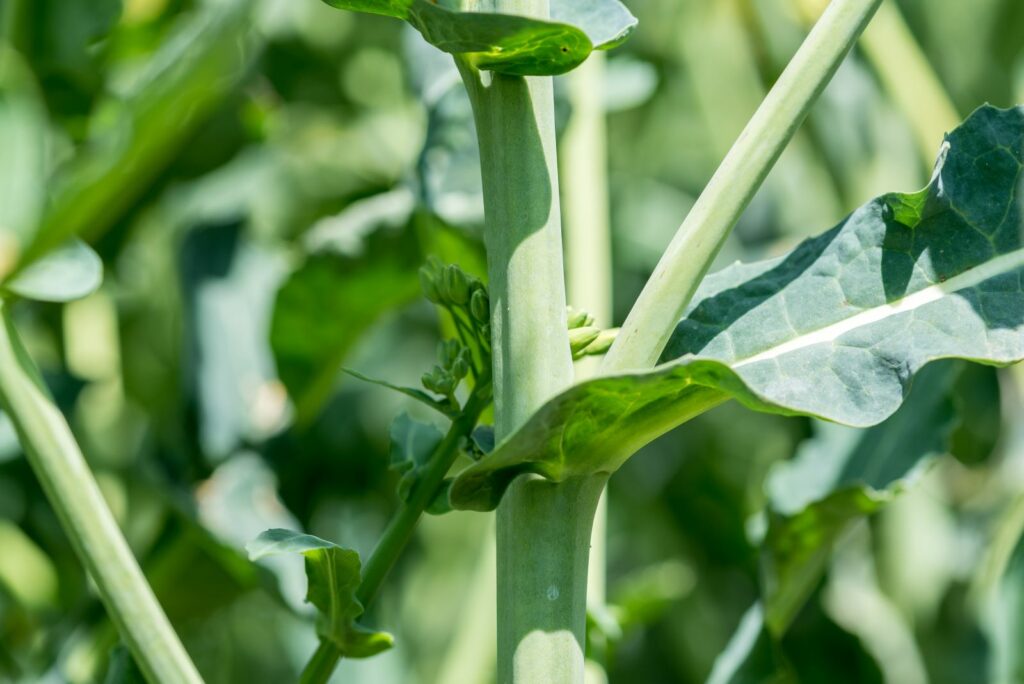Stem Health offers genetic security to UK OSR crops
14th March 2023
Launched by seed company Limagrain UK, Stem Health is a new characteristic that offers resistance to the three most common stem-based diseases in OSR varieties, enabling the crops to reach their full genetic potential.
Released on the back of the company’s well established trait-loaded hybrid breeding programme, this attribute covers the three main stem-based diseases of OSR: phoma, cylindrosporium (light leaf spot) and verticillium.
Liam Wilkinson, arable technical officer for Limagrain, commented: “To date, there has been no valuable way of assessing a variety’s tolerance to the three most common stem based diseases in a quantifiable way – and this is what we have set out to do with the launch of ‘Stem Health’.”
According to Mr Wilkinson, for a Limagrain variety to hold the Stem Health tag, it has to offer high levels of resistance to all three major diseases, with one weakness leading to exclusion from the list.
He also believes the addition of this characteristic brings another level of genetic security to help mitigate as much risk as possible to an already risky crop.
“Stem health is generally an area that is often overlooked but can have a serious impact on gross output. However by having healthy green stems longer into the growing season we often see higher yields and oil content,” he noted.
“As breeders, we have recognised that the best way to mitigate the risk to on-farm performance from these diseases, is through improved genetics, therefore Stem Health has been a key focus for the Limagrain European breeding programme.
The newly recommended variety Attica and Limagrain’s current commercial offering, LG Auckland, are the first varieties in the company’s breeding programme to offer Stem Health, which is reflected in their consistently high gross output of 107% and 106% respectively.
At a time of high commodity prices, William Charlton, Limagrain’s arable marketing manager, sees continued confidence in the OSR crop, especially as growers are gaining a better understanding of establishing the crop amid cabbage stem flea beetle (CSFB) and weather challenges.
“Oilseed rape is still the best non-cereal break crop, and second to first wheats in many situations in terms of farm gross margins – and with newer varieties bringing improved yields, vigour and agronomic characteristics to the rotation – growers are seeing the opportunity provided by the crop,” he remarked.
“We saw a big rebound in the crop in 2021, with the planted area for harvest 2022 up around 361,000 ha’s. This year, we expect that to go up to 414,000 ha’s sown.”
Moreover, there has also been an increase in the popularity of Limagrain hybrid varieties, with hybrids making up 71% of the crop drilled this year, Mr Charlton noted.
“There is no doubt that the rise in popularity of hybrids is led by their vigour, as well as their ability, in the case of Limagrain hybrids, to offer Stem Protect, TuYV, Clubroot, Pod Shatter and RLM7 resistance – all of which contribute to yield stability, which we know is what growers are looking for on-farm,” he concluded.

